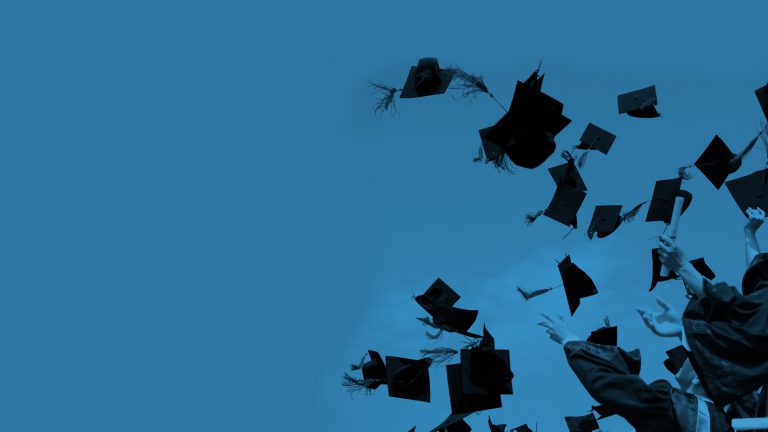
In contrast to the other indicators, the Highly Cited Researchers indicator has undergone substantial changes in recent years, partly as a result of changes by data provider Thomson Reuters. Originally, ARWU used the old list of highly cited researchers prepared by Thomson Reuters (TR), which was first published in 2001 and updated in 2004. Since them no names have been added although changes of affiliation submitted by researchers were recorded.
Until 2011 when a researcher listed more than one institution as his or her affiliation then credit for the highly cited indicator would be equally divided. Following the recruitment of a large number of part time researchers by King Abdulaziz University, ARWU introduced a new policy of asking researchers how their time was divided. When there was no response, secondary affiliations were counted as 16%, which was the average time given by those who responded to the survey.
In 2013 TR announced that they were introducing a new list based on field-normalised citations over the period 2002-2012. However, problems with the preparation of the new list meant that it could not be used in the 2013 rankings. Instead, the Shanghai rankings repeated the 2012 scores.
During 2013, KAU recruited over 100 highly cited researchers who nominated the university as a secondary affiliation. That caused some comment by researchers and analysts. A paperby Lutz Bornmann and Johann Bauer concluded that to ” counteract attempts at manipulation, ARWU should only consider primary institutions of highly cited researchers.”
It seems that Shanghai has acted on this advice: “It is worth noting that, upon the suggestion of many institutions and researchers including some Highly Cited Researchers, only the primary affiliations of new Highly Cited Researchers are considered in the calculation of an institution’s HiCi score for the new list.”
As a result, KAU has risen into the lower reaches of the 150-200 band on the basis of publications, some papers in Nature and Science and a modest number of primary affiliations among highly cited researchers. That is a respectable achievement but one that would have been much greater if the secondary affiliations had been included.
Perhaps Shanghai should also take note of the suggestion in a paper by Lawrence Cram and Domingo Docampo that ” [s]ignificant acrimony accompanies some published comparisons between ARWU and other rankings (Redden, 2013) driven in part by commercial positioning . Given its status as an academic ranking , it may be prudent for ARWU to consider replacing its HiCi indicator with a measure that is nit sourced from a commercial provider if such a product can be found that satisfies the criteria (objective, open, independent ) used by ARWU.”
Top Ten
|
Place |
University |
|
1 |
Harvard |
|
2 |
Stanford |
|
3 |
MIT |
|
4 |
University of California Berkeley |
|
5 |
Cambridge |
|
6 |
Princeton |
|
7 |
California Institute of Technology (Caltech) |
|
8 |
Columbia |
|
9= |
Chicago |
|
9= |
Oxford |
Countries With Universities in the Top 100
|
Country |
Number of Universities |
|
United States |
52 |
|
United Kingdom |
8 |
|
Switzerland |
5 |
|
Germany |
4 |
|
France |
4 |
|
Netherlands |
4 |
|
Australia |
4 |
|
Canada |
4 |
|
Japan |
3 |
|
Sweden |
3 |
|
Belgium |
2 |
|
Israel |
2 |
|
Denmark |
2 |
|
Norway |
1 |
|
Finland |
1 |
|
Russia |
1 |







